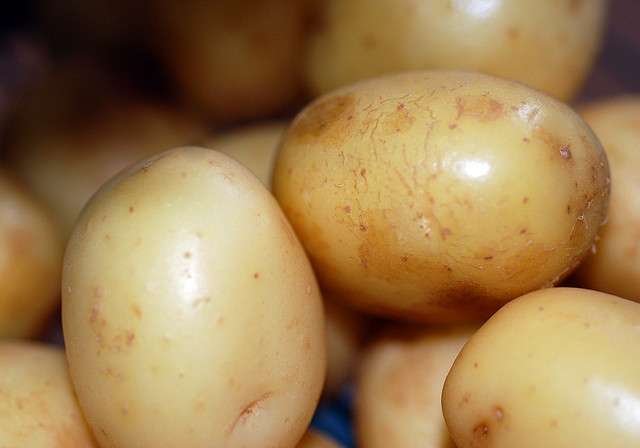I picked up my seed potatoes a few days ago in anticipation for planting them in March. My favorite potato is the Red Norland and Yukon Gold varieties.
Potatoes can be planted as soon as the soil can be worked in the spring, usually mid-March in central Kansas. Early plantings produce higher yields.
You should look for certified seed potatoes. You run the risk of diseases if you use potatoes from the grocery store. When you have purchased your seed potatoes, cut them into seed pieces weighing about 1½ ounces each. Smaller pieces usually result in weaker plants, which reduces the ability of emerging potato vines to recover from injuries after a subsequent frost. Each seed piece must contain at least one eye. Seed potatoes yield about 8 to 10 seed pieces per pound on average. When deciding how much seed to purchase, plan on about 1 pound of seed potatoes for every 10 feet of row. To keep seed pieces from rotting, freshly cut seed pieces should be stored at room temperature (60 to 70°F) with fairly high humidity for five to seven days before planting. During this healing process, freshly cut surfaces develop a protective coating to prevent seed decay after planting.
Seed pieces usually are planted in rows about 3 feet apart, but they can be planted closer together in small garden areas. In heavy soils, particularly during wet springs, plant seed pieces in a slightly mounded row. This allows water to drain away from the seed pieces and reduces decay. To encourage emergence, plant potatoes 3 to 4 inches deep.




